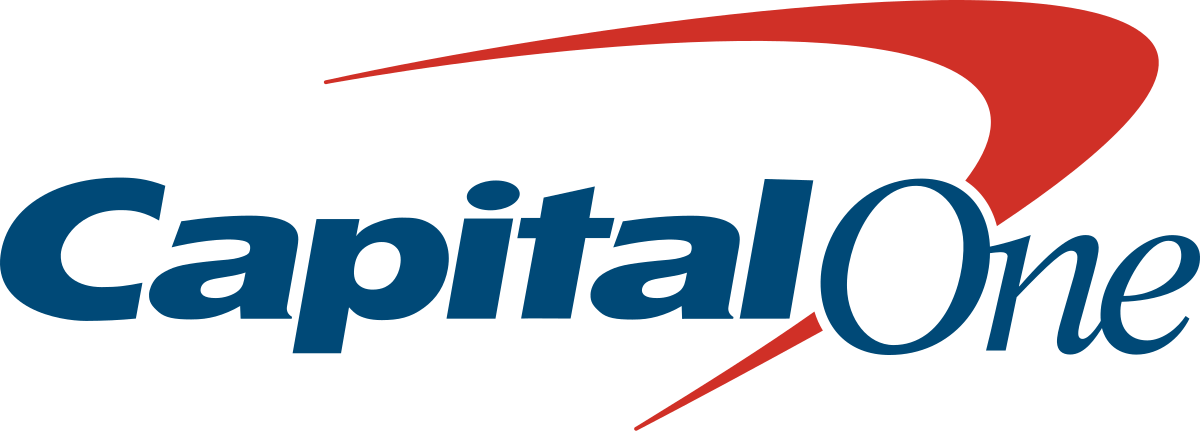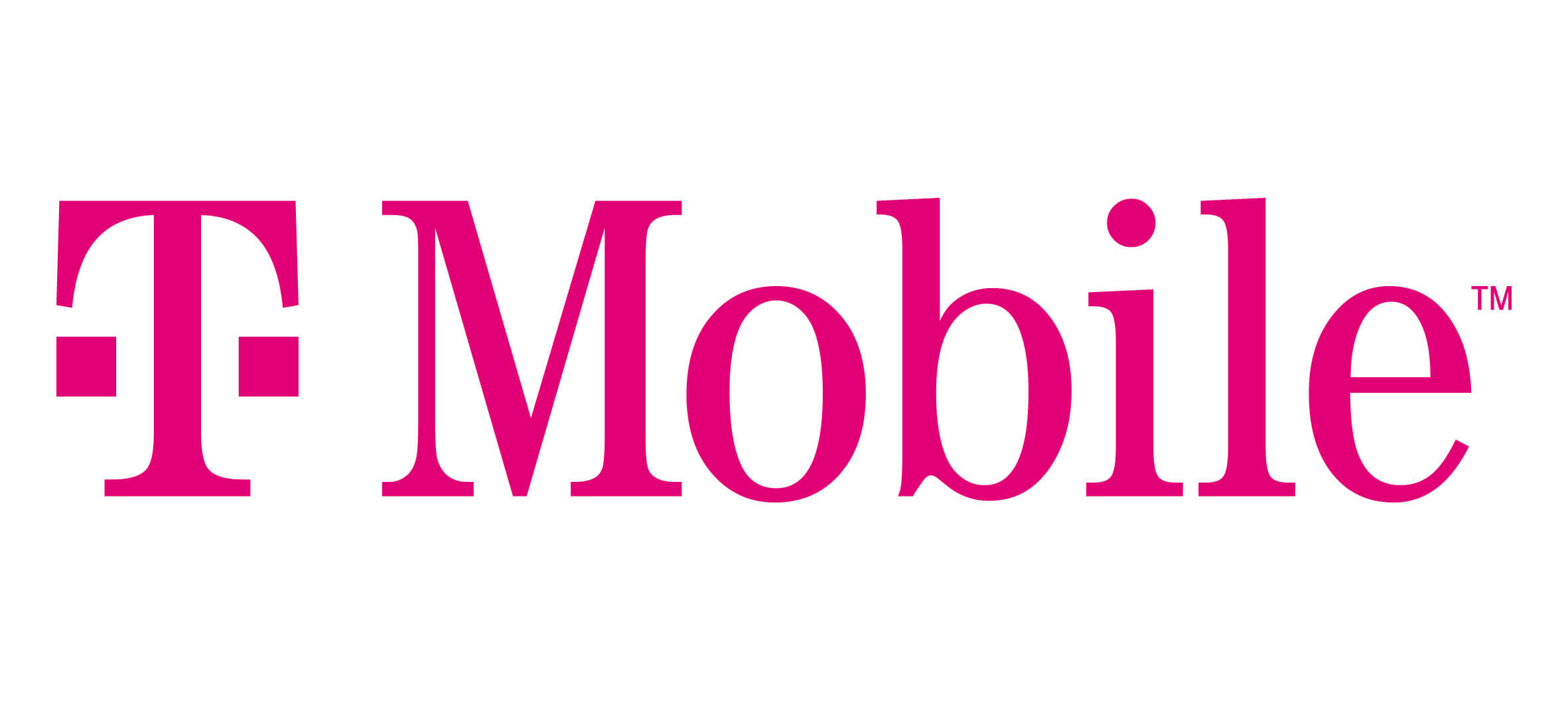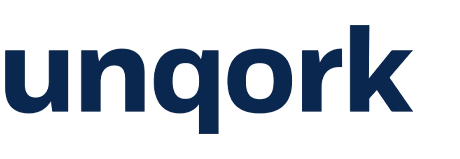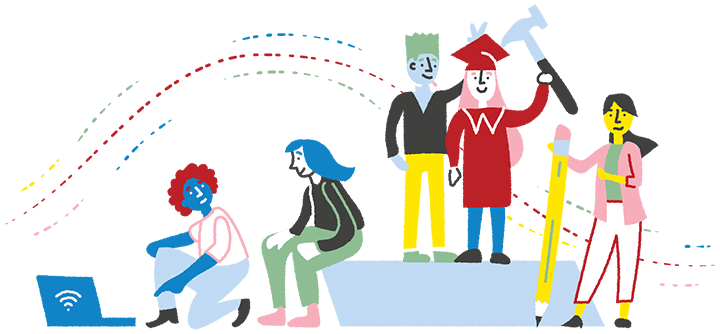Full-Stack Software Engineer, Fuel Digital
Built differently. Built for you.
We help businesses transform their talent strategy and individuals kickstart their careers in technology. Explore how our uniquely effective Apprenticeship expertise can work for you. #StartWithMAXX
EDUCATORS
Give your students a head start in IT with the MAXX Potential Internship Simulator. This program combines real-world experience and mentorship to enhance skills and build professional networks. Enroll now for Summer 2024 and help your students unlock their potential!

Where are our Alumni?











































For Customers: A better way to get IT done.
Our proven approach delivers more than high-quality managed services and staff augmentation. With MAXX Potential, you have access to motivated, lifelong learners with a strong desire to put their rapidly developing skills to work for you. The icing? You can hire at any time. It’s a win-win-win.


For Apprentices: A unique opportunity to break into the IT industry.
No experience? Let’s fix that.
MAXX Potential is founded by enterprise technology leaders who were once right where you are and worked their way up to become accomplished professionals. Because of this, we know that getting started can be tough. Like any good problem-solver though, we developed a creative solution. As a paid MAXX Potential Apprentice, you will be working in a supportive learning environment, mentored by pros who will help you sharpen your technical skills. You will also be solving that catch-22 and gaining the industry-recognized experience your resumé needs.

People are at the core of our Mission.
Everyone at MAXX is passionate about bringing people to the forefront of the tech industry, which is why we were inspired to launch MAXX Potential. Ultimately, the goal of this organization is simple: build a more sustainable career path for local technicians and a more reliable talent pipeline for businesses.

The MAXX Potential Difference
Discover the inspiration behind our unique approach and how it will change the landscape of the IT industry.
Contact Us
Would you like to speak with someone about a technology need you have? Are you interested in working with our Apprentices? Are you just looking to learn more?



